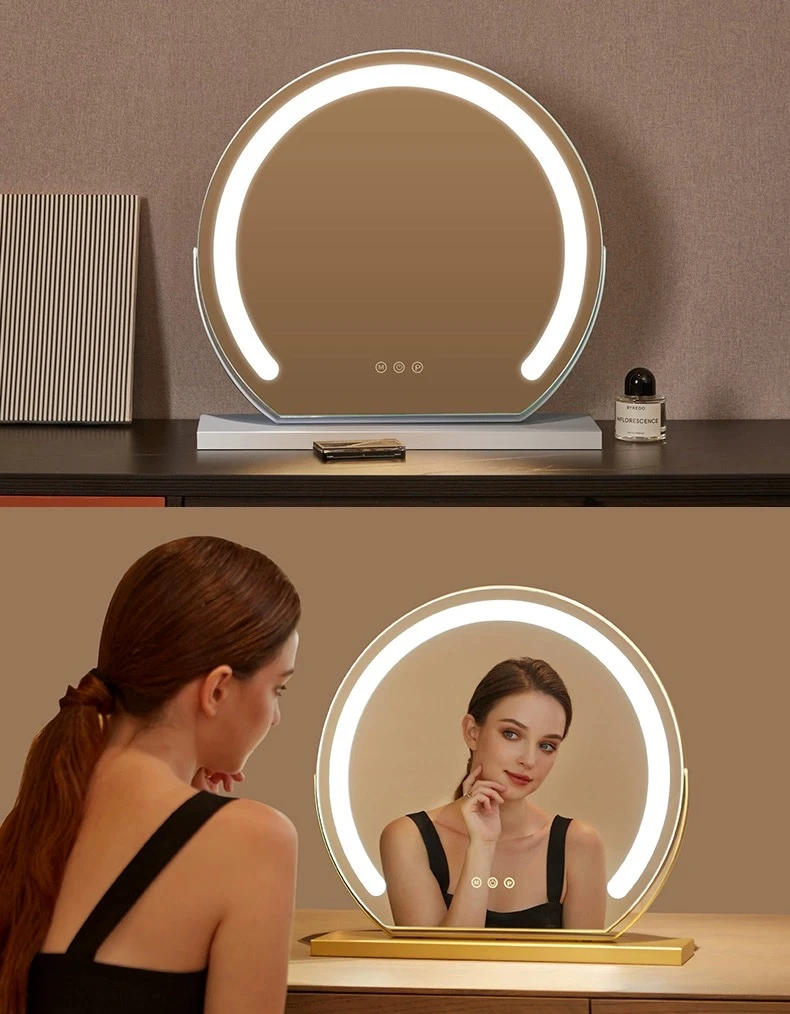

Single Glazed Low E Glass A Comprehensive Overview
In the quest for energy efficiency and comfort in buildings, the evolution of glazing technologies has played a pivotal role. Among these advancements, single glazed low emissivity (low E) glass emerges as an efficient solution for various architectural applications. This article delves into what single glazed low E glass is, its advantages, applications, and considerations for use.
What is Single Glazed Low E Glass?
Single glazed low E glass is a type of glass that features a single pane, which is coated with a thin layer of low emissivity material. This coating typically consists of metallic oxides that are applied to the glass surface during manufacturing. The purpose of the low E coating is to reflect heat while allowing visible light to pass through, enhancing the glass's thermal insulating properties. Unlike traditional single-pane glass, which allows a significant amount of heat loss, low E glass minimizes this effect, providing improved energy efficiency.
Advantages of Single Glazed Low E Glass
1. Energy Efficiency One of the primary benefits of single glazed low E glass is its ability to reduce energy consumption. The low emissivity coating reflects heat back into the building during colder months and minimizes the heat transfer from the outside during warmer months. This can lead to reduced heating and cooling costs, making it a cost-effective option in the long run.
2. Natural Light Despite its thermal efficiency, single glazed low E glass allows a substantial amount of natural light to enter a space. This quality helps reduce the dependence on artificial lighting, contributing to lower electricity bills and creating a more pleasant indoor environment.
3. UV Protection The low E coating also acts as a barrier against harmful ultraviolet (UV) rays. This protection is crucial for preserving furniture, flooring, and artwork, which can fade or deteriorate over time due to sun exposure.
4. Improved Comfort By minimizing heat transfer, single glazed low E glass helps maintain a more stable indoor temperature. This quality enhances occupant comfort, as it reduces cold drafts in winter and excessive heat in summer.

5. Sustainability Using energy-efficient materials like low E glass aligns with sustainable building practices. It reduces the overall carbon footprint associated with a building's energy use, contributing to environmental conservation.
Applications of Single Glazed Low E Glass
Single glazed low E glass finds applications in various sectors, including residential homes, commercial buildings, and renovation projects. Its versatility makes it suitable for windows, skylights, and curtain walls. In residential settings, homeowners often choose this type of glazing for new builds or upgrades to improve energy efficiency.
In commercial applications, low E glass is frequently utilized in office buildings and storefronts, where natural light is essential for creating an inviting atmosphere while maintaining comfortable indoor conditions. Furthermore, urban developers use low E glass in high-rise buildings to enhance energy performance without sacrificing aesthetics.
Considerations for Use
While single glazed low E glass offers numerous benefits, it is essential to consider its limitations. For instances where maximum thermal performance is required, double or triple glazing with low E coatings may be a more effective option, as they provide superior insulation.
Additionally, building codes and climate conditions can influence the suitability of single glazed low E glass. It's crucial for architects and builders to assess these factors and design appropriately for the specific environment and usage.
Conclusion
Single glazed low E glass represents a significant advancement in glazing technology, merging energy efficiency with modern design. Its ability to enhance thermal performance, protect against UV rays, and allow natural light makes it an attractive choice for both residential and commercial applications. As sustainability becomes increasingly vital in building design, the integration of single glazed low E glass can play a crucial role in creating comfortable, energy-efficient spaces.